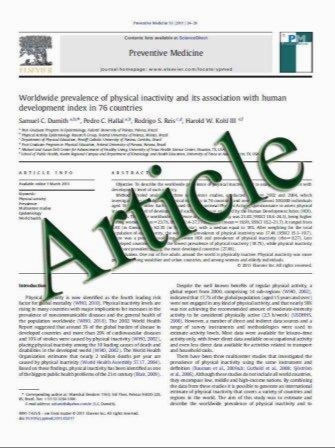Nocturnal enuresis—theoretic background and practical guidelines
- نوع فایل : کتاب
- زبان : انگلیسی
- مؤلف : Tryggve Nevéus
- چاپ و سال / کشور: 2011
Description
Nocturnal polyuria, nocturnal detrusor overactivity and high arousal thresholds are central in the pathogenesis of enuresis. An underlying mechanism on the brainstem level is probably common to these mechanisms. Enuretic children have an increased risk for psychosocial comorbidity. The primary evaluation of the enuretic child is usually straightforward, with no radiology or invasive procedures required, and can be carried out by any adequately educated nurse or physician. The first-line treatment, once the few cases with underlying disorders, such as diabetes, kidney disease or urogenital malformations, have been ruled out, is the enuresis alarm, which has a definite curative potential but requires much work and motivation. For families not able to comply with the alarm, desmopressin should be the treatment of choice. In therapyresistant cases, occult constipation needs to be ruled out, and then anticholinergic treatment—often combined with desmopressin—can be tried. In situations when all other treatments have failed, imipramine treatment is warranted, provided the cardiac risks are taken into account.
Pediatr Nephrol (2011) 26:1207–1214 DOI 10.1007/s00467-011-1762-8 Received: 18 October 2010 / Revised: 24 December 2010 / Accepted: 4 January 2011 / Published online: 26 January 2011


